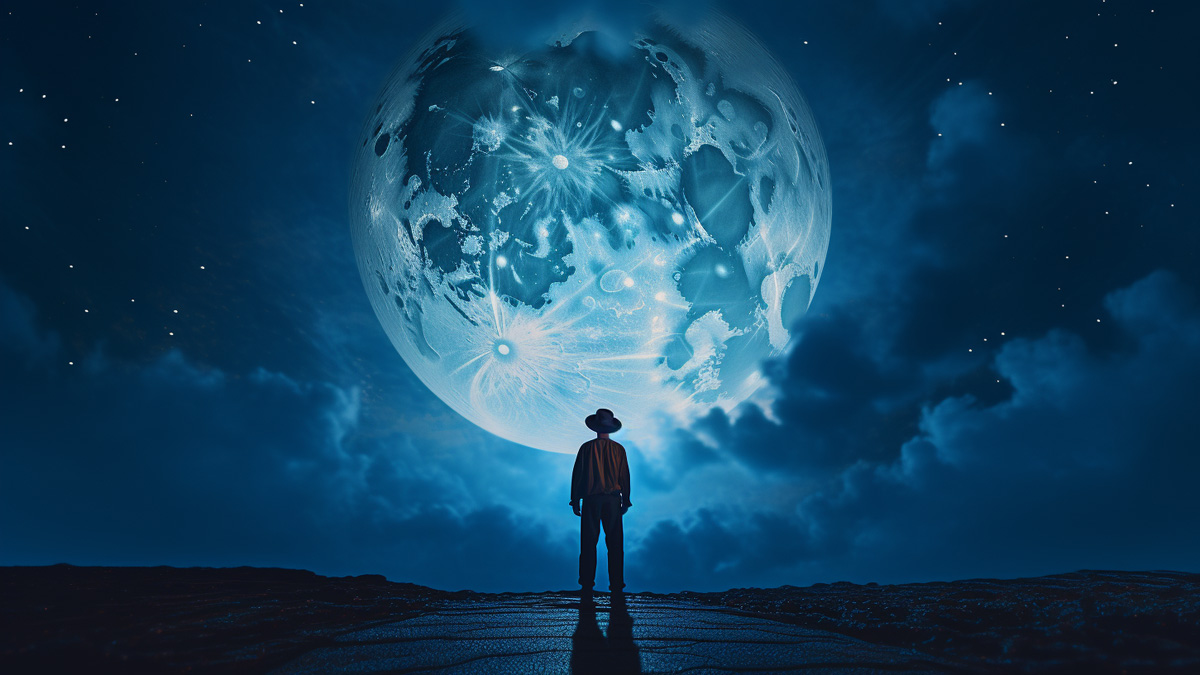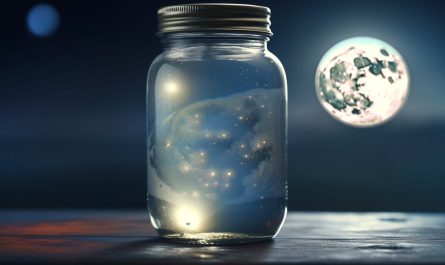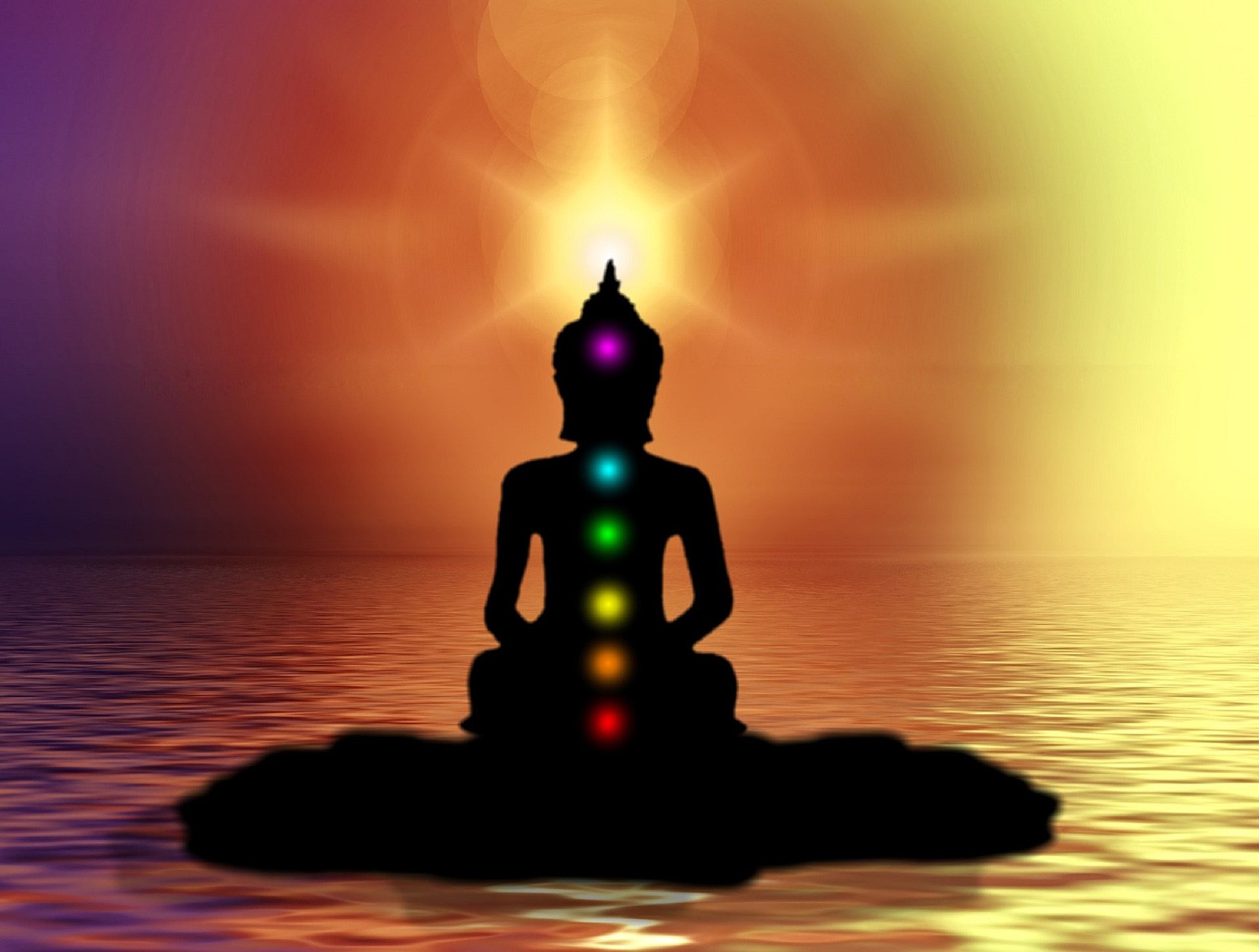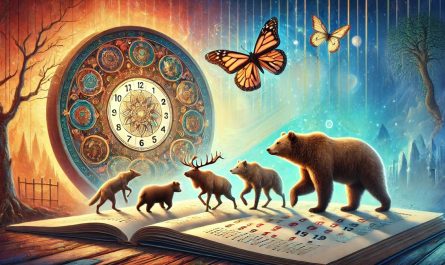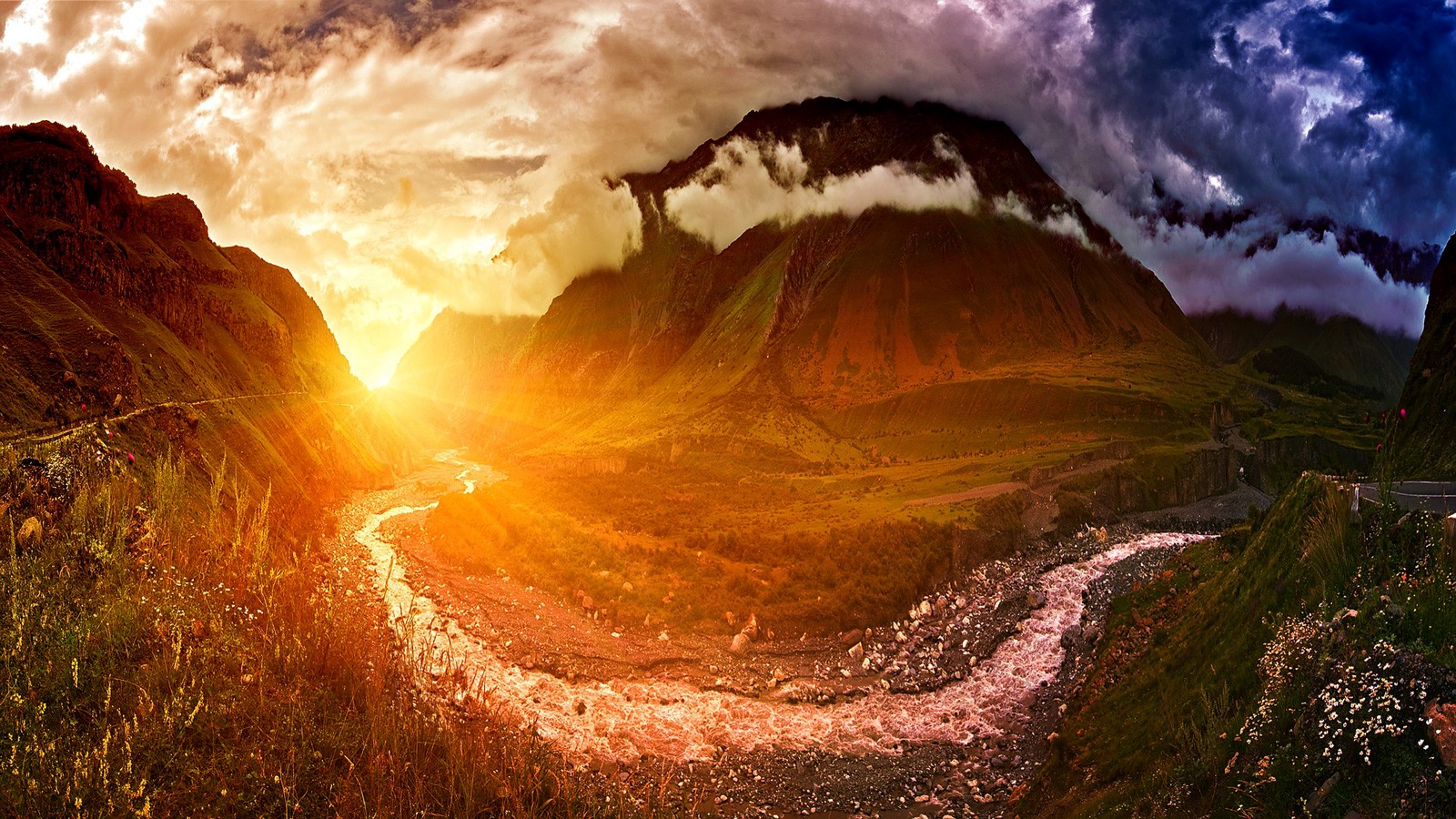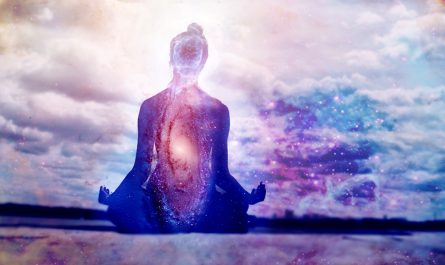Last Updated on July 19, 2024 by Avia
Blue Moon is more than just a term in the “once in a Blue Moon” phrase saying that something will happen rarely or not at all. In fact, a Blue Moon is an astronomical event that happens in real life. However, don’t think for a moment that it has everything to do with our satellite’s actual color. Instead, a Blue Moon effect is related to the timing of full lunar cycles during a year. Indeed, our Moon might appear a bit blue, but this is only an optical effect. Read on if you want to understand the science behind this beautiful phenomenon, what causes it, Blue Moon dates, and how rare it is. You will also learn when you can admire Blue Moon’s night sky next time. But let’s start with the meaning of a Blue Moon to understand more about this gorgeous sight.
Table of Contents
What is the Meaning of a Blue Moon?
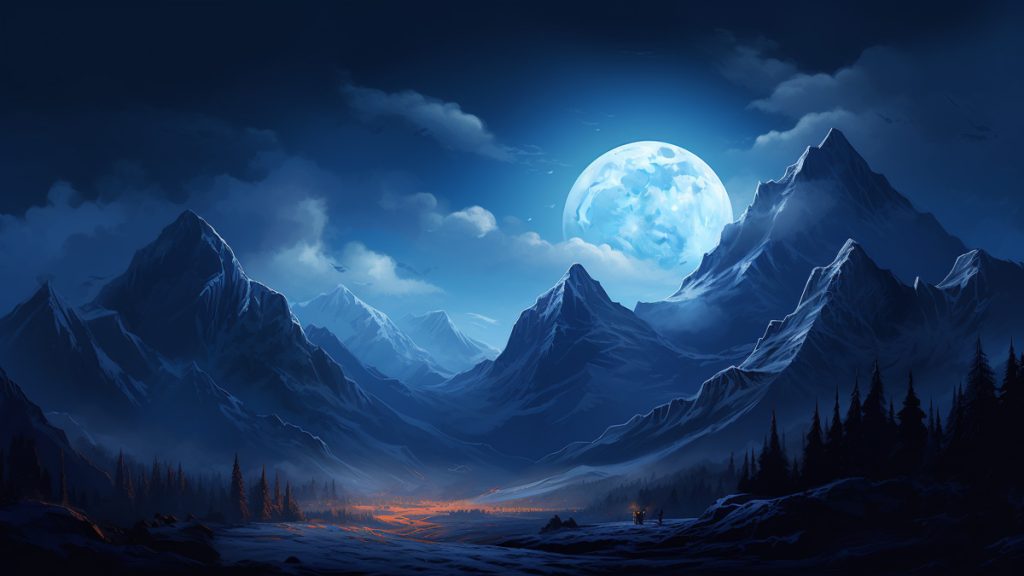
Moon phases take 29.5 days to complete, so a total of 354 days for 12 full cycles. But since there are 365/366 days in a calendar year, this falls short, and we have a 13th full Moon every 2 and a half years. Since this event doesn’t fit with the usual naming scheme, it’s called a blue moon. In other words, we are talking about the full lunar phase happening once a month, when our Moon is in opposition to the Sun, and we can see its full disk. If there are two full moons in one calendar month, we get to see a Blue Moon. Blue moons usually occur every two or three years, but back in 2018, there were two blue moons in one year and just two months apart. One of these events coincided with a lunar eclipse. Next time we will get a chance to see two blue moons in the same year will be in 2037.
What Causes a Blue Moon?
In some rare scientific circumstances mentioned above, our Moon may seem blue. In this situation, you will see it in a blue shade because there are dust particles in our planet’s atmosphere. Recent volcanic eruptions might be the cause of this atmospheric event. However, from space our Moon would be grey, as it usually is. So, if you ask – is a blue moon actually blue, the answer is no. Once again, it’s the atmospheric environment that changes its appearance.
Another explanation that stands is that short light wavelengths corresponding to the blue color and its shades get scattered better in our atmosphere than long wavelengths, for example, red. Simply put, scattered light is seen differently. In Physics, this phenomenon is called Rayleigh scattering, aka elastic scattering of light.
How Rare is a Blue Moon?
According to Orbital Today, a Blue Moon that actually appears blue happens rarely. There have been at least two situations when people have seen blue moons. One was in 1883 when the Indonesian volcano Krakatau erupted and threw its ash up to 80 km into the atmosphere. This ashy filter of small dust particles made our planet’s satellite appear blue.
Then, back in 1950, after one of the Canadian provinces caught a very powerful peat bog fire, thick smoke with tiny ash particles rose up into the sky. People who lived in the country’s East and South have seen our satellite as blue, sometimes even – purple.
From an astronomic perspective, it’s impossible to have two seasonal Blue Moons in a year since this event would require 14 full lunar cycles that year. A Blue Moon can be seasonal or monthly. Traditional or seasonal Blue Moons are the third full lunar cycles in an astronomical season, with four full moons and not three. A monthly Blue Moon happens when two full moons occur in the same month.
What Date is the Next Blue Moon?
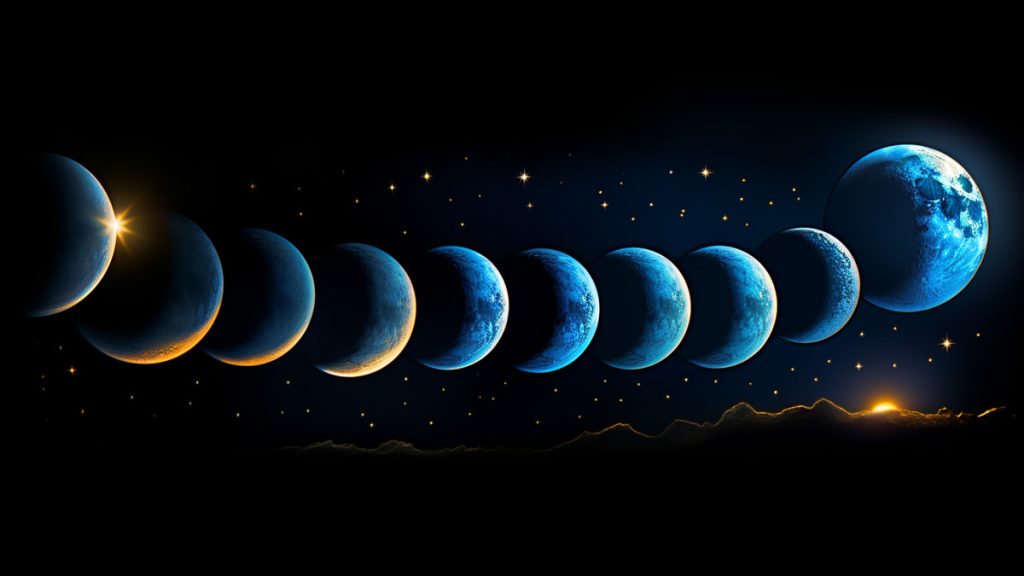
Future monthly Blue Moon dates are May 31, 2026, and December 31, 2028. We had the last Blue Moon on August 31, 2023. A seasonal Blue Moon will be on August 19, 2024.
Another question that concerns many people – is there any blue moon effect on humans? From a scientific perspective, no. Still, many people have the tendency to seek information that confirms their pre-existing beliefs and interpret it – so an additional lunar cycle has the same psychological effect as a full moon. Some people might not sleep well, feel anxious and drowsy, and have mood swings, headaches, heart disturbances, etc. Panic attacks are common, too.
If you’re not of a panicky nature and want to admire the next blue moon, make sure to find a dark spot and get yourself a pair of binoculars or a telescope. You can take pictures, too, if you are into astrophotography, but you need very advanced equipment. The good news is that you will be able to see the Blue Moon with the naked eye without any problems, too. However, looking at it through a pair of lenses will enhance the experience, and monitoring the lunar calendar will help you plan in advance!
Author credit: Special thanks to Emma Thorpe, the author of this article.
Want more? Me too! That’s why I’ve also got this for you on Whats-Your-Sign:
